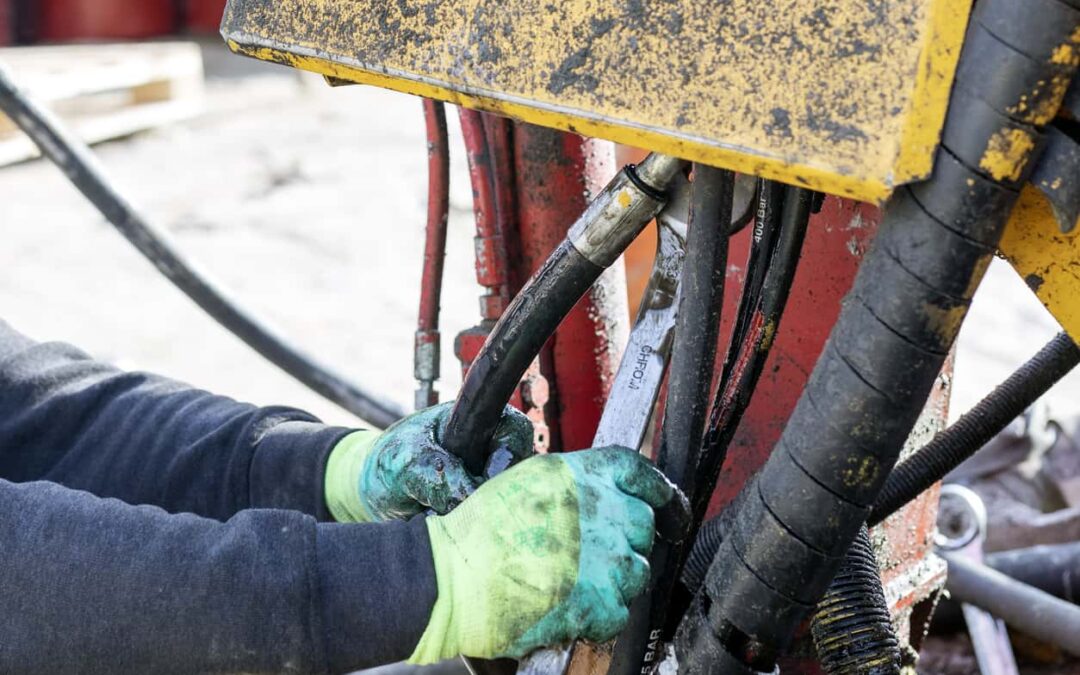Hydraulic equipment can be expensive, sometimes running into the hundreds of thousands of dollars. And repair bills can be correspondingly high as well. However, malfunctioning equipment can be difficult to troubleshoot. What issues with your hydraulic pump could be corrected by you instead of making that expensive call to the repair shop?
Safety first: start by performing a visual inspection for leaks. If you find one, verify how serious it is. Is it at a joint that can be tightened, or a fitting that can be easily replaced once the system is depressurized? Or is it in an area that needs a welder or a new component?
Next, listen closely to the equipment while under normal use. It should not be making any new or unusual noises. Be especially aware of irregular vibrations, which may represent a serious problem within the hydraulic system itself.
Moving on, have you performed a filter check? Work sites tend to be dirty, and filters may require near-constant cleaning or replacement. Allowing your hydraulic fluid to flow correctly may be all it takes to get back in business.
Lastly, and most commonly, perform a hydraulic fluid check. Fluids that are old may be breaking down. Worse yet, fluid that has foreign material in it may be damaging internal components of your hydraulic pump, as well as elsewhere in the system.
Hopefully one of these steps leads you to a (relatively) easy fix for your under the weather hydraulic pump. If not, it may be time to sigh and pull out the phone to give Texas Hydrostatics a call before your minor problem becomes a major one.

